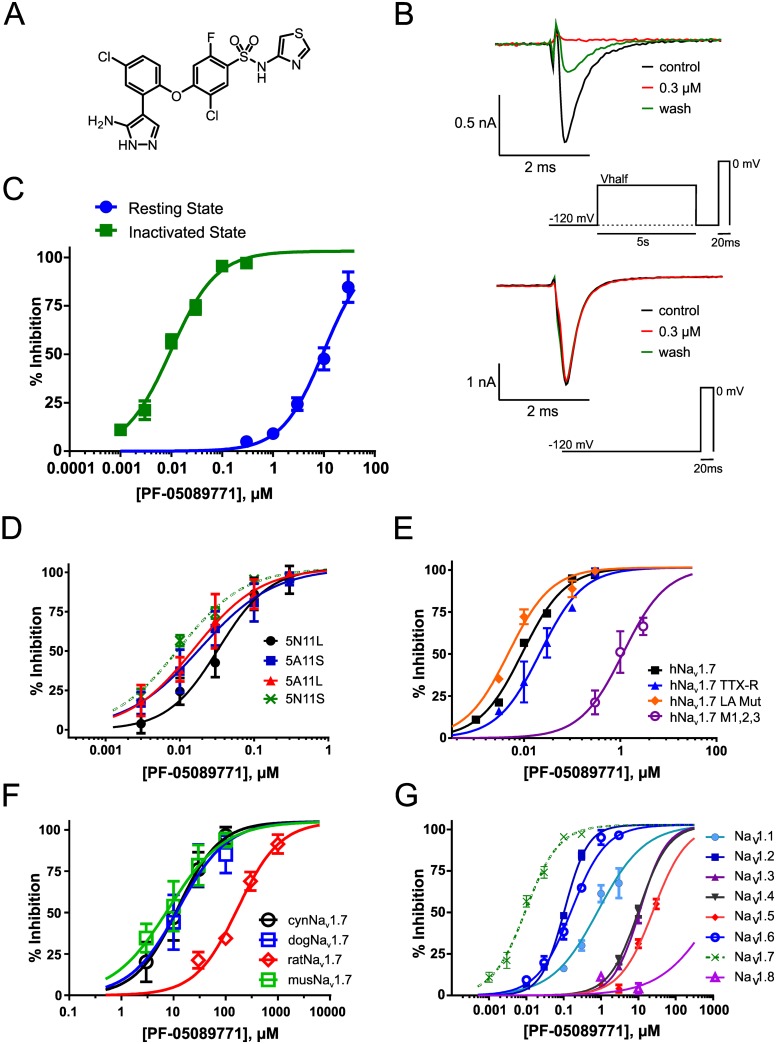Fig 1. PF-05089771 is a potent, state-dependent and selective inhibitor of Nav1.7.
A. Structure of PF-05089771 (4-(2-(3-amino-1H-pyrazol-4-yl)-4-chlorophenoxy)-5-chloro-2-fluoro-N-(thiazol-4-yl)benzenesulfonamide) B. Representative PatchXpress current recordings illustrating the near-complete block following 300 nM PF-05089771 application to half-inactivated WT hNav1.7 channels (97% ± 3%, n = 10) which was partially reversed following a 5 min washout duration. In contrast there was minimal block following application of 300 nM PF-05089771 to resting WT hNav1.7 channels (5% ± 3%, n = 4). Inset: PatchXpress voltage protocols for half-inactivation (upper) and resting state (lower). For a full description of the voltage protocols see Methods. C. Block of half-inactivated WT hNav1.7 channels (n = 6–22 per concentration) was nearly 1000-fold more potent than resting channels (n = 4–11 per concentration) (11 nM vs 10 μM). D. Potency of PF-05089771 was similar across hNav1.7 splice variants. IC50 values and Hill slopes are provided in Table 1. Data points represent n = 2–9 observations per concentration. E. PF-05089771 activity is impacted by mutation of a novel interaction site and not by local anaesthetic or toxin binding sites. Data points represent n = 3–6 observations per concentration except for hNav1.7 where n = 6–22 observations per concentration. F. Potency of PF-05089771 was assessed on orthologous channels cloned from common preclinical species. IC50 values and Hill slopes are provided in Table 2. Data points represent n = 2–28 observations per concentration. G. PF-05089771 is a selective Nav1.7 subtype-selective inhibitor. Selectivity was assessed across a collection of heterologously expressed human Navs on PatchXpress at the unique half inactivation voltage for each channel. Hill slopes and IC50 values are provided in Table 3. Data points represent n = 3–12 observations per concentration except for hNav1.7 where n = 6–22 observations per concentration. Selectivity over the TTX-R Nav1.5 and Nav1.8 channels was greater than 1000-fold.

